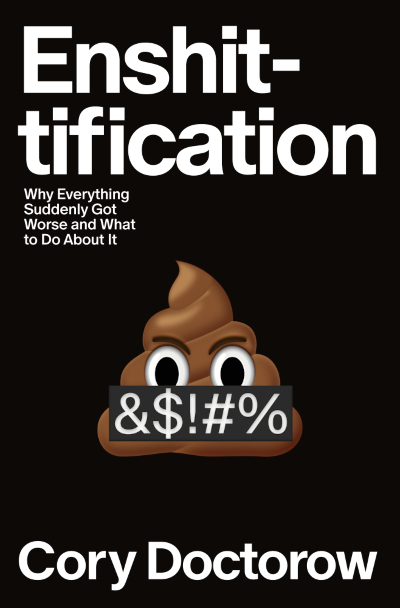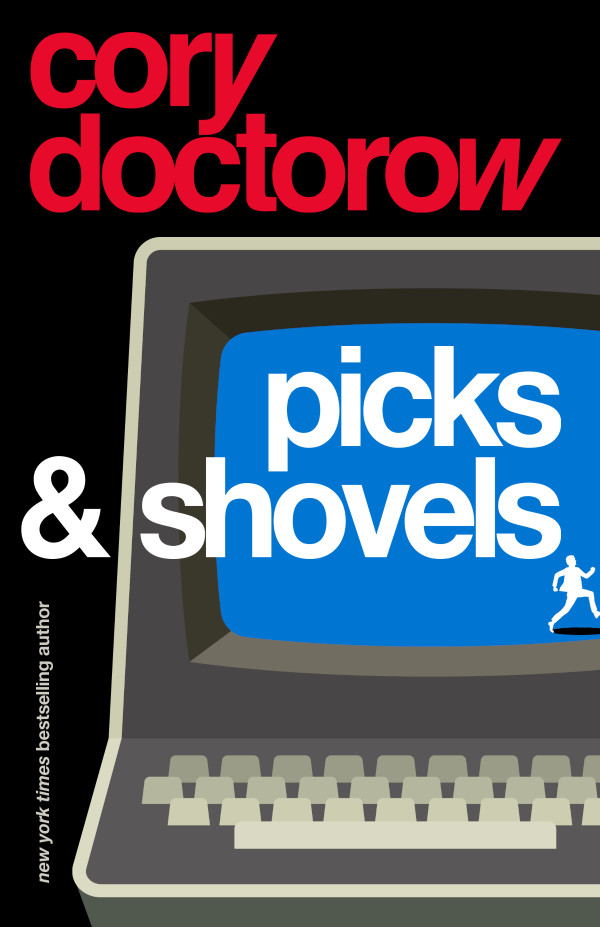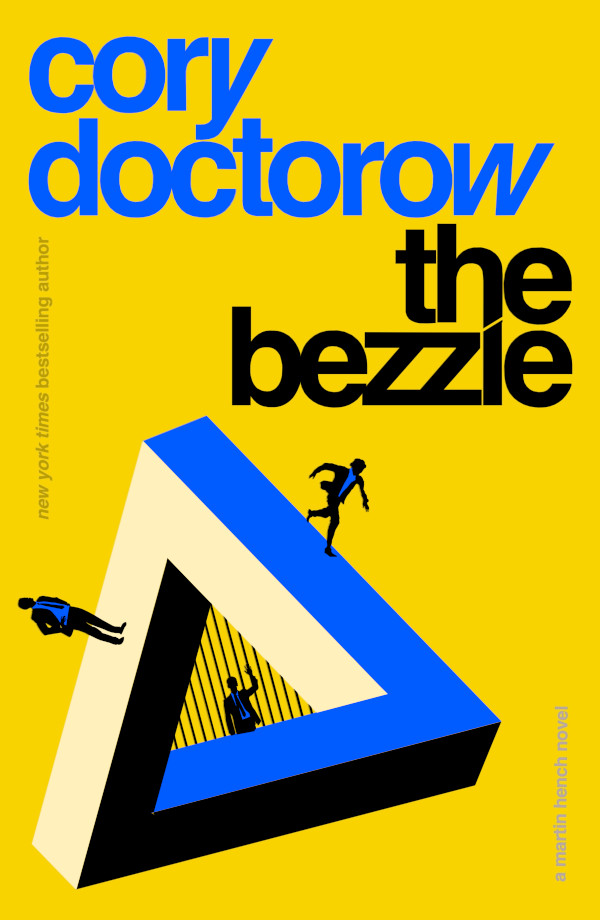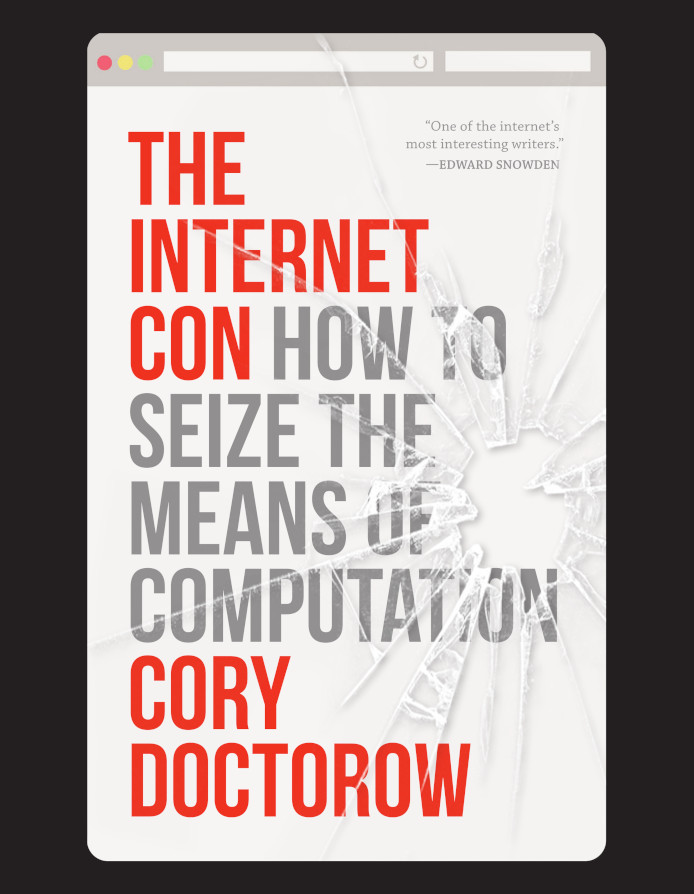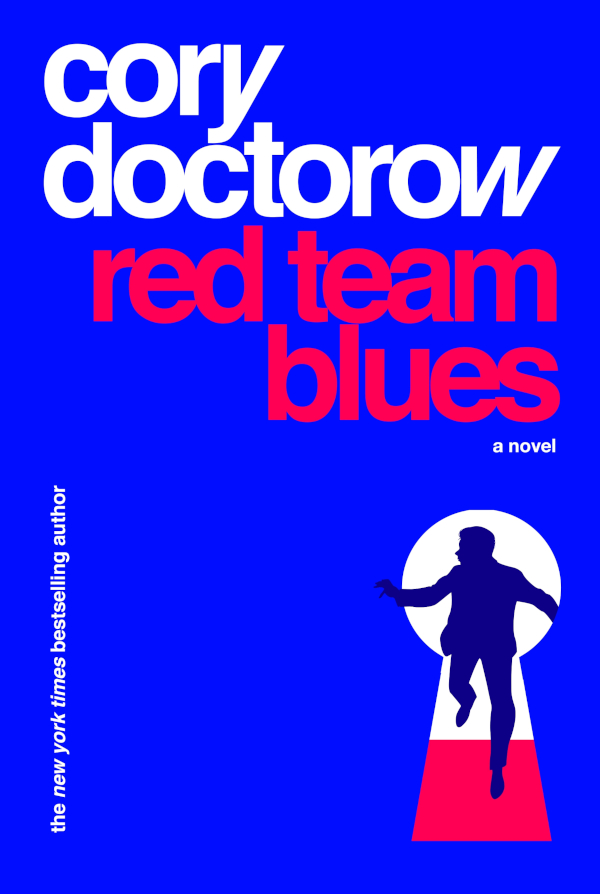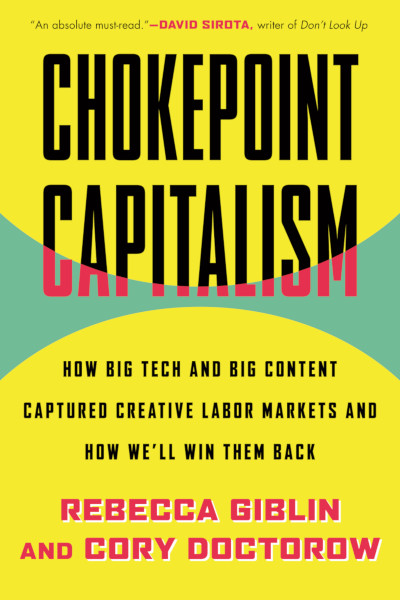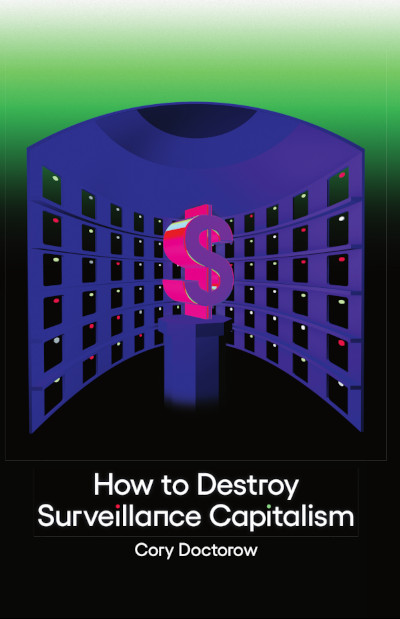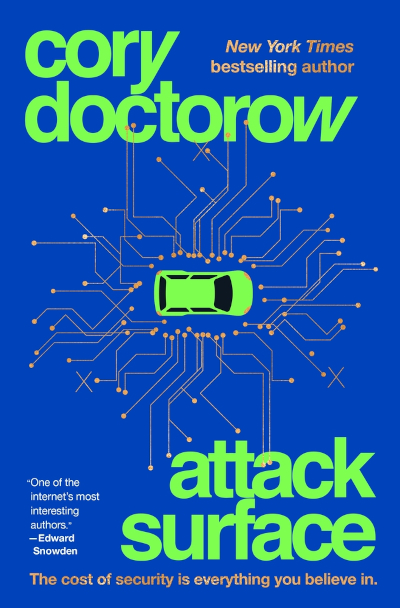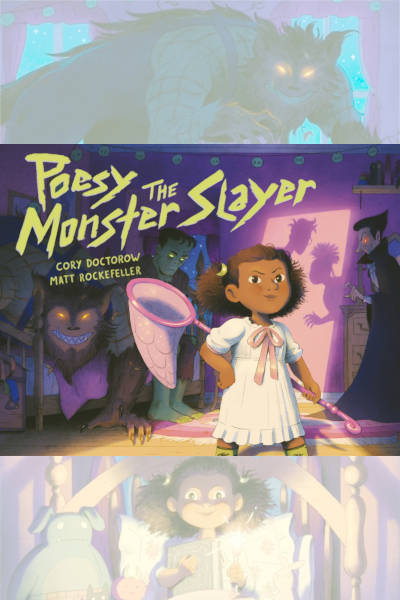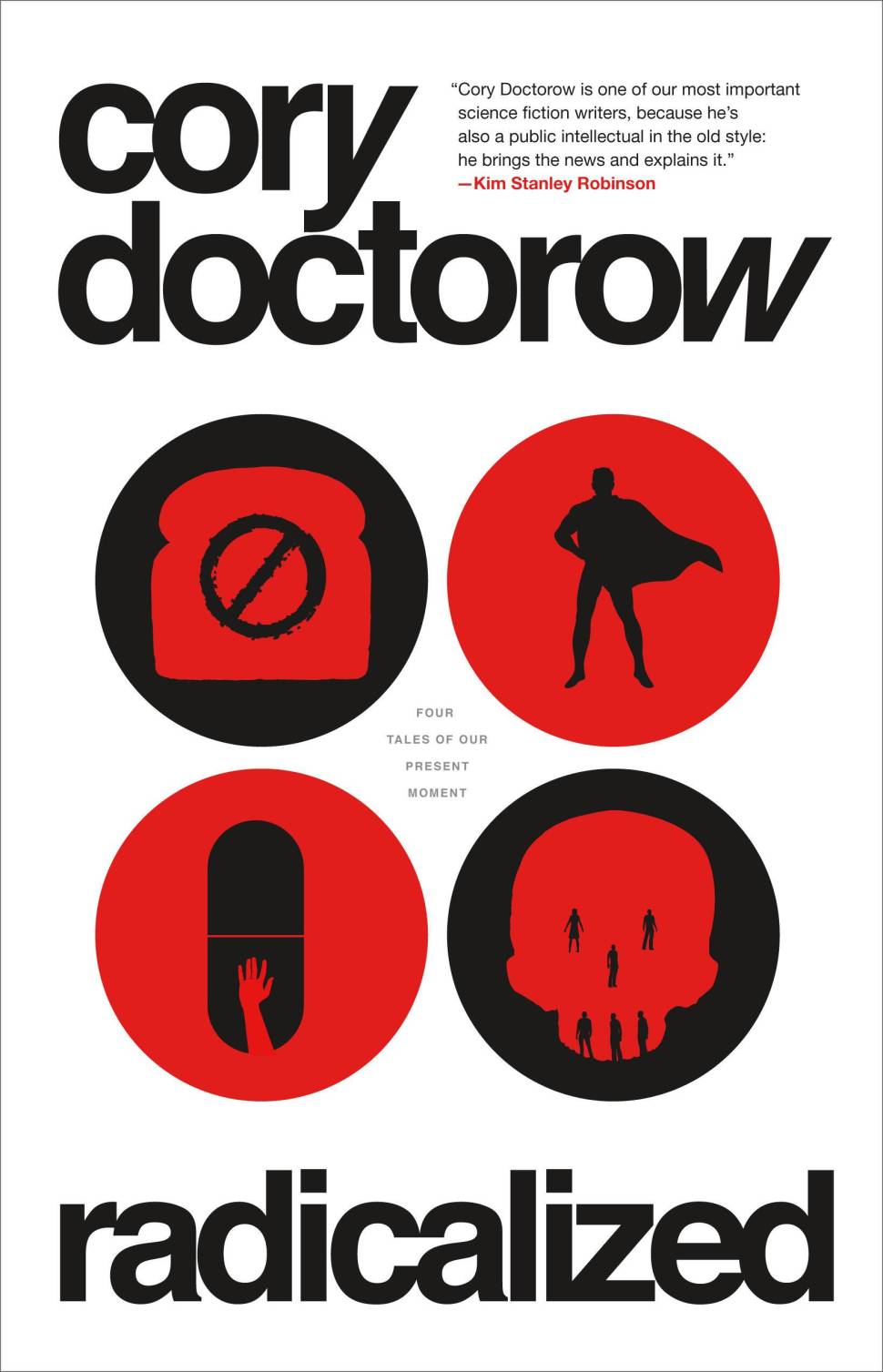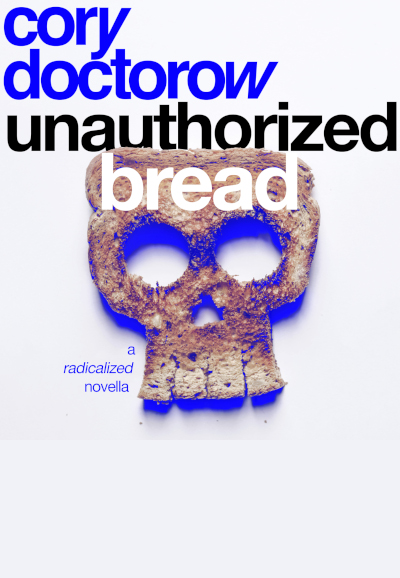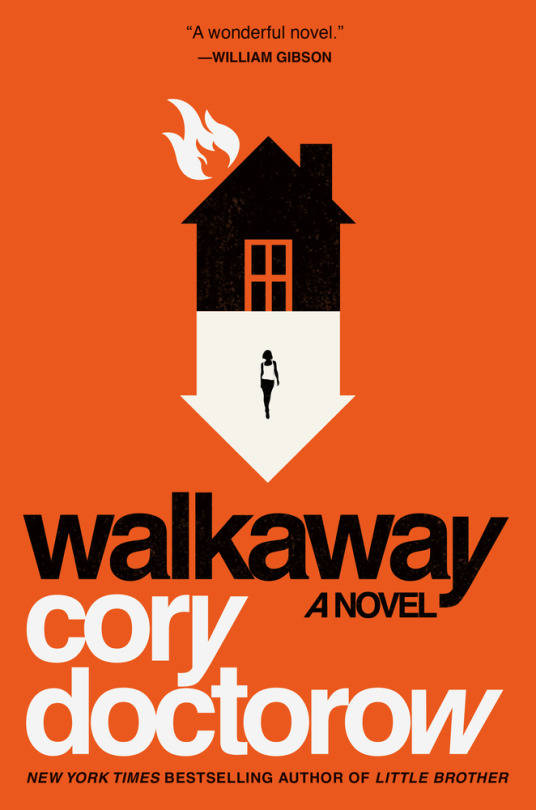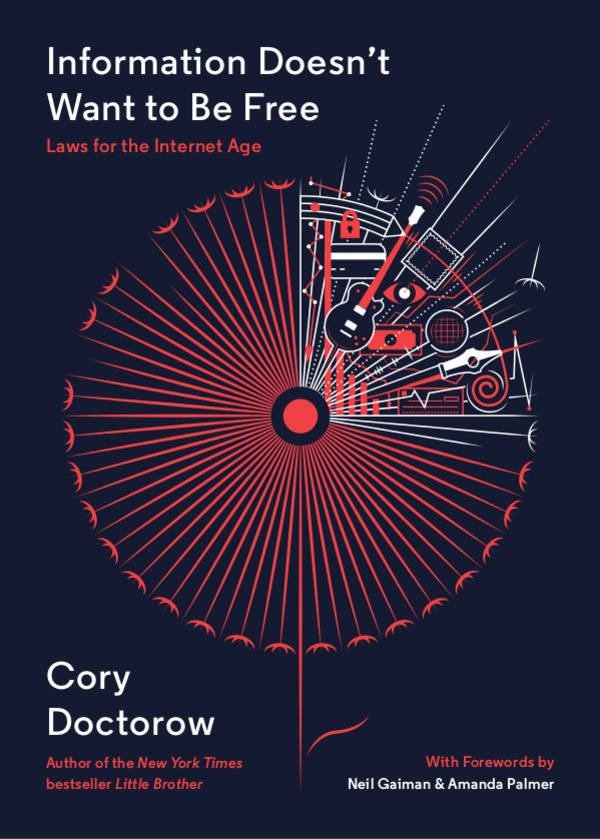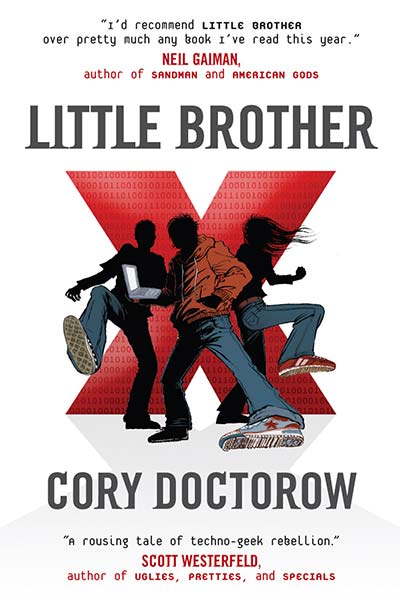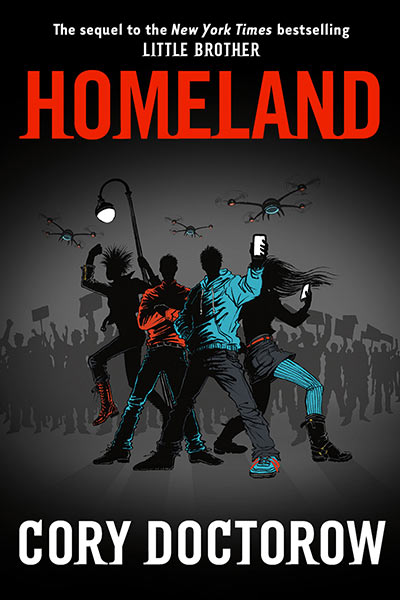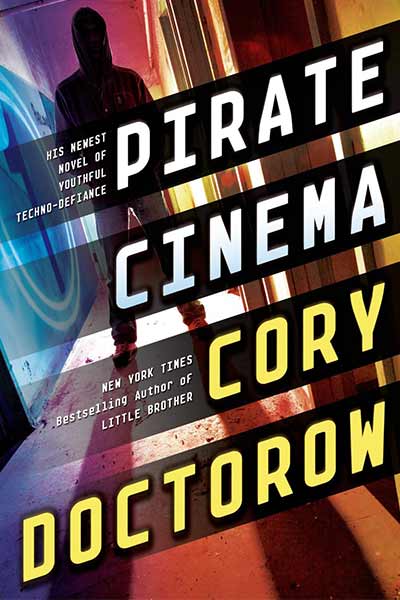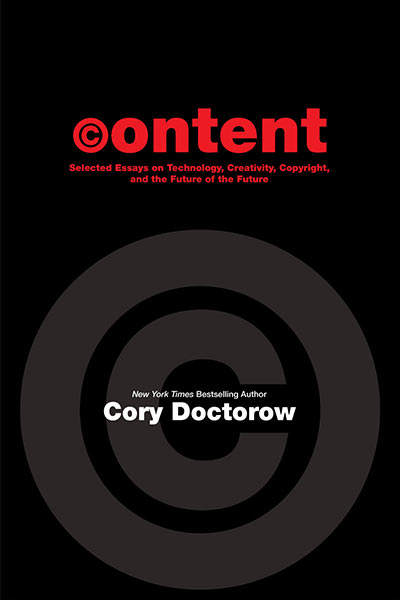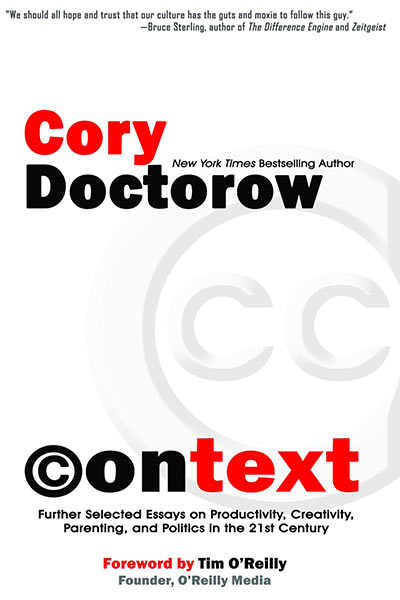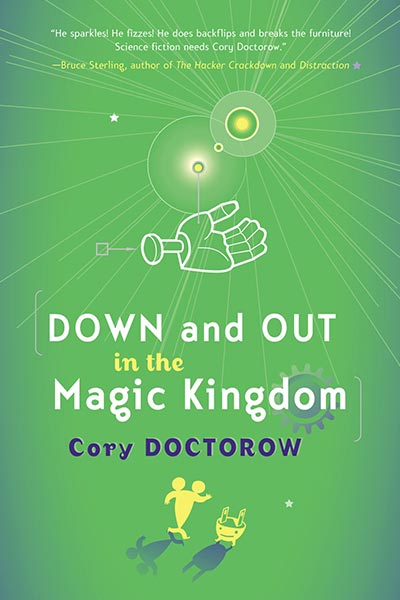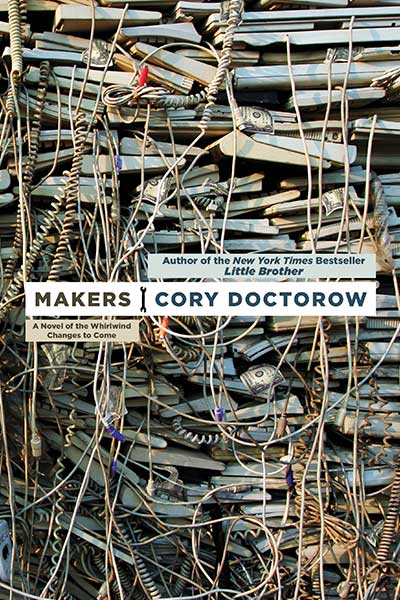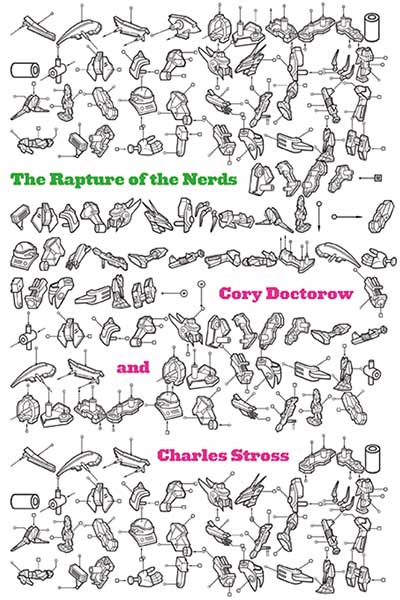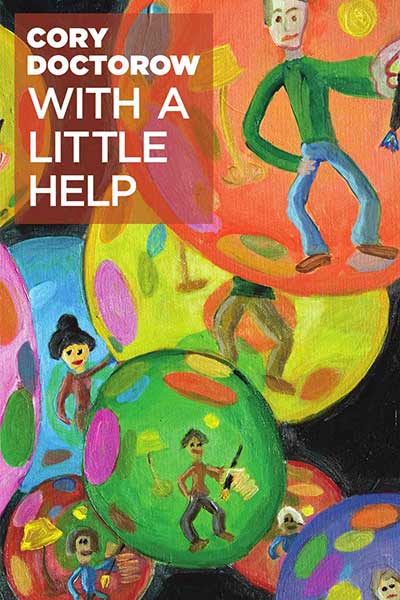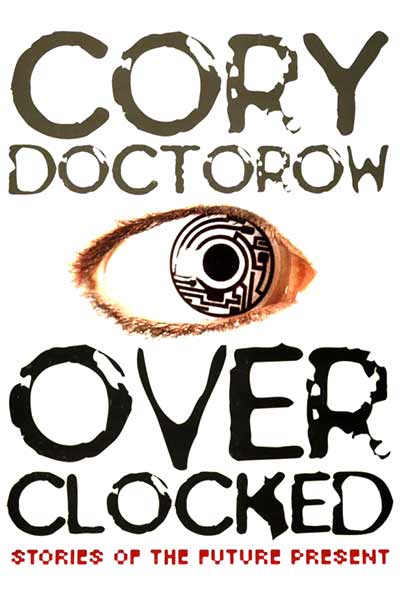Here’s a podcast of my last Locus column, What’s Inside the Box?:
The answer to this that most of the experts I speak to come up with is this:
The owner (or user) of a device should be able to know (or control) which software is running on her devices.
This is really four answers, and I’ll go over them in turn, using three different scenarios: a computer in an Internet cafe, a car, and a cochlear implant. That is, a computer you sit in front of, a computer you put your body into, and a computer you put in your body.
Mastering by John Taylor Williams: wryneckstudio@gmail.com
John Taylor Williams is a full-time self-employed audio engineer, producer, composer, and sound designer. In his free time, he makes beer, jewelry, odd musical instruments and furniture. He likes to meditate, to read and to cook.
